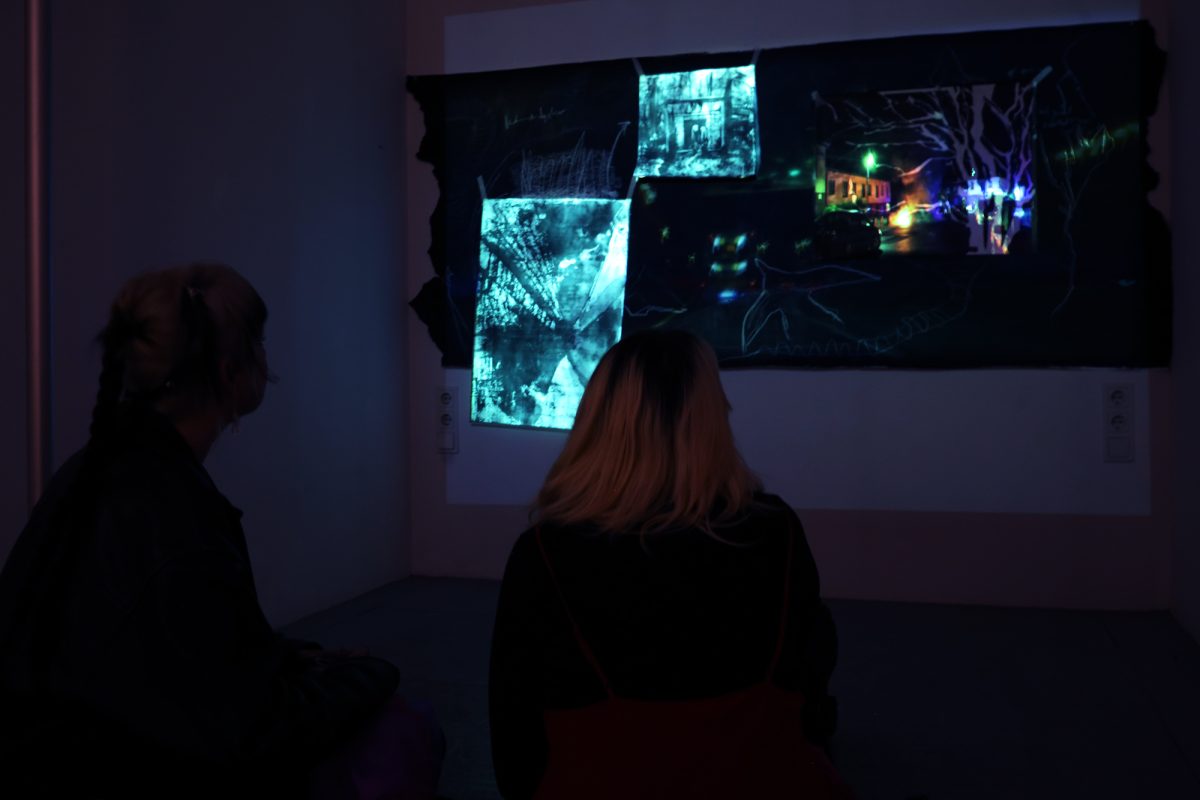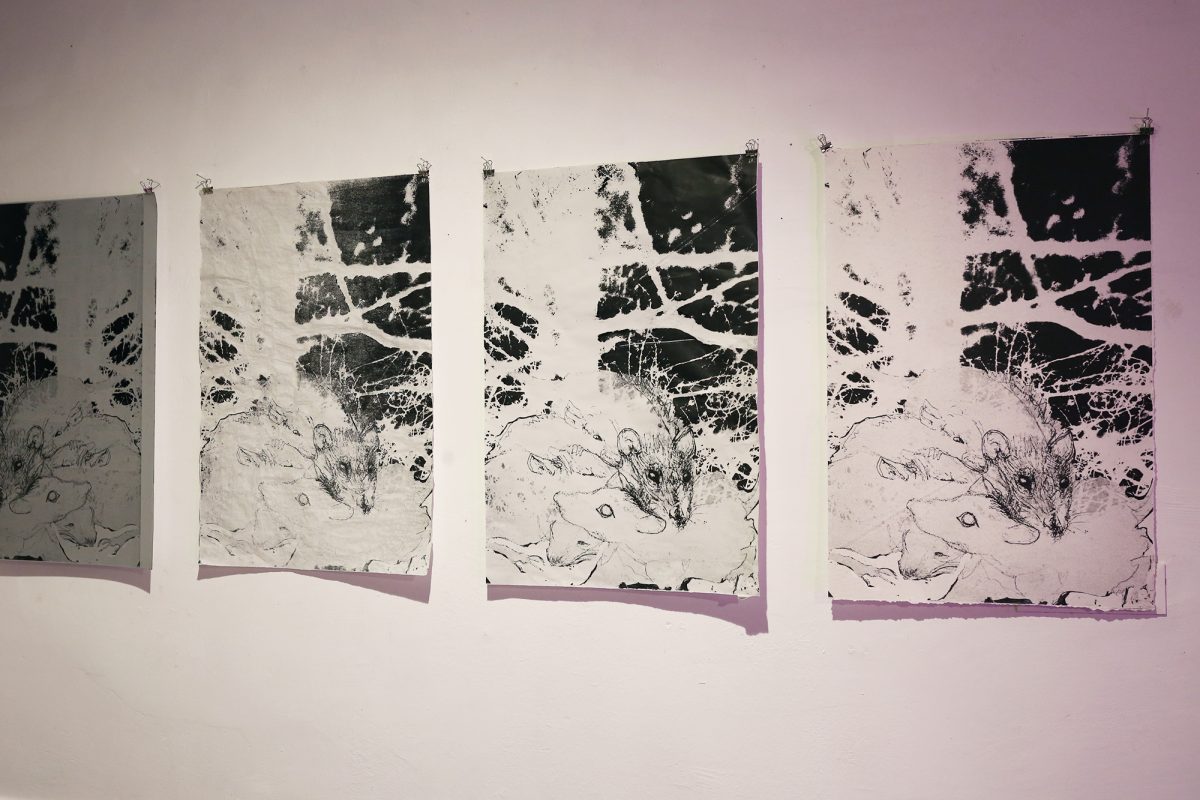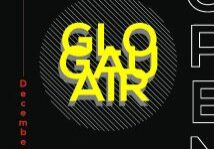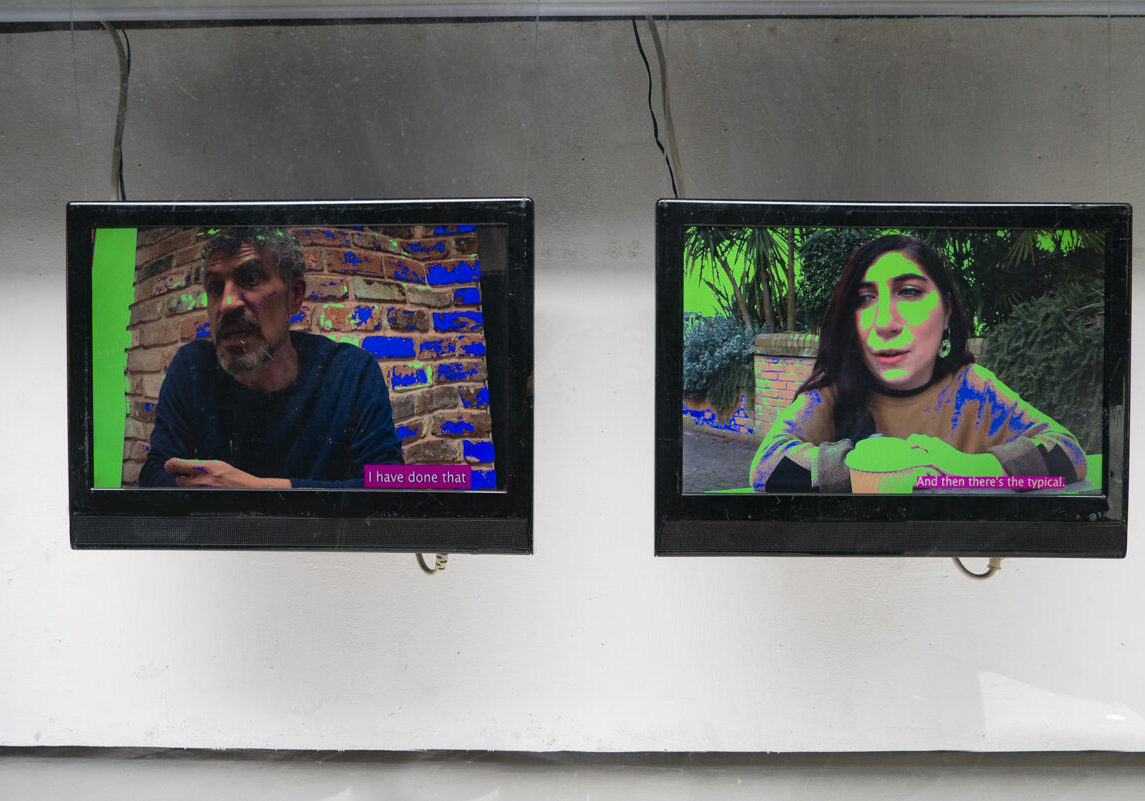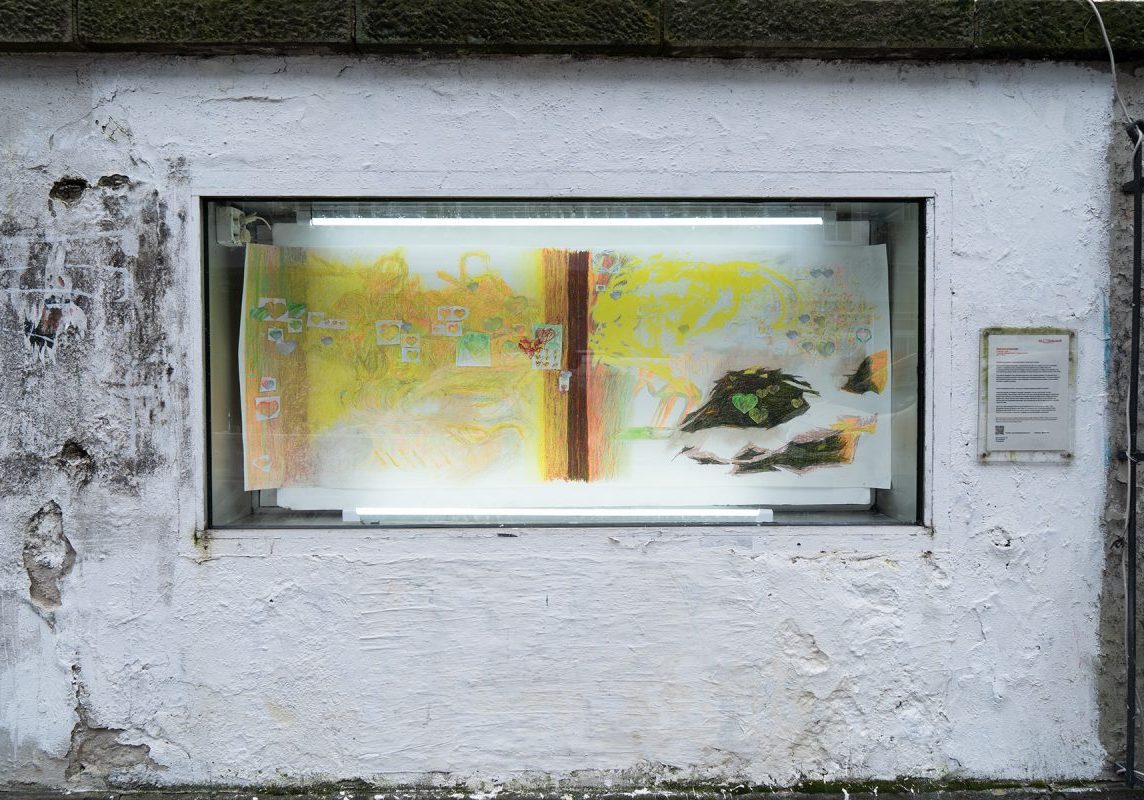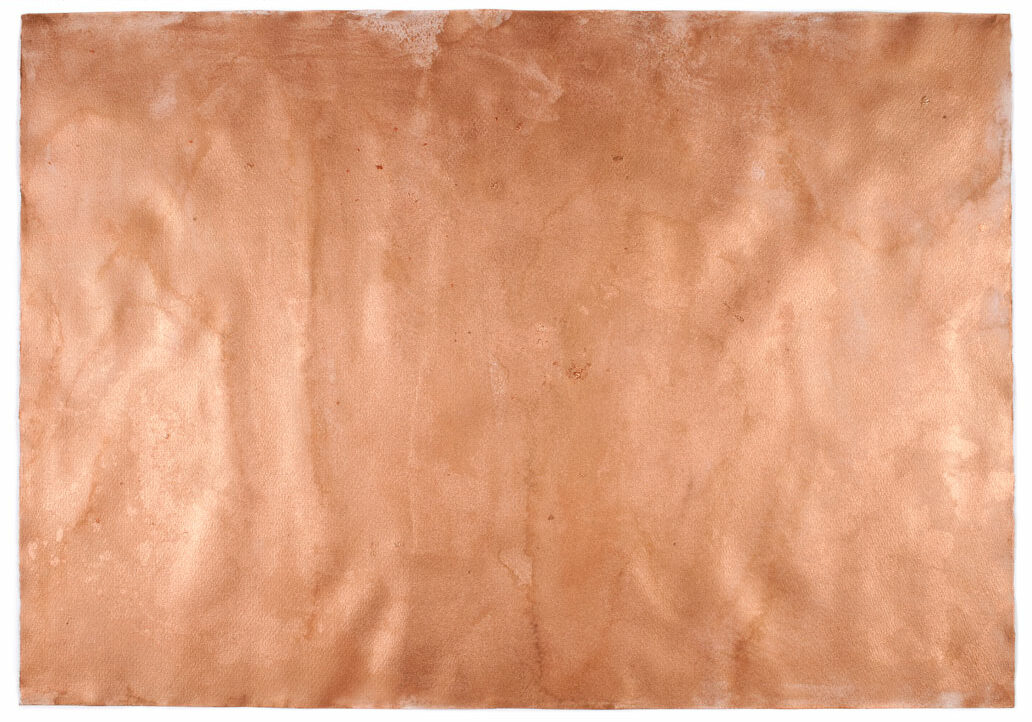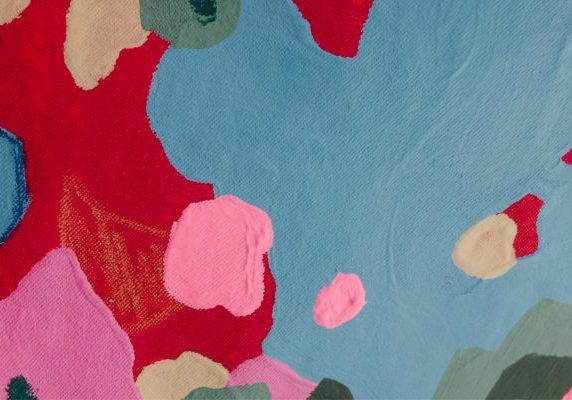Meet the Artist // Eabha Cleary
Eabha Cleary is a visual artist who practices between Ireland and Berlin, Germany. Eabha explores social issues such as class dynamics, the consequences of post-capitalism, and the pervasive effects of globalist commodification. Her work is somatically engaged with the environment while considering and mediating the cultural, political, and personal impacts.
Using printmaking, photography, and moving image, Eabha draws inspiration from Gothic philosophies and ancient Irish folklore. She uses time-based mediums to probe the visible and invisible imprints etched into the environment, and by extension, the imprint on culture and society. Eabha endeavours to visually explore her subject matter in a tactile, empathetic, and emotional manner. Embracing uncertainty and speculation, her evolving practice aims to challenge and offer fresh perspectives on the world we inhabit.
How did you start your artistic journey?
My parents are artists, so art was always something that I was interested in. I really liked drawing as a child, but I actually went off art for my whole teenage years. I fell back in love with drawing around the age of 17 and then I went to art college and took portfolio courses.
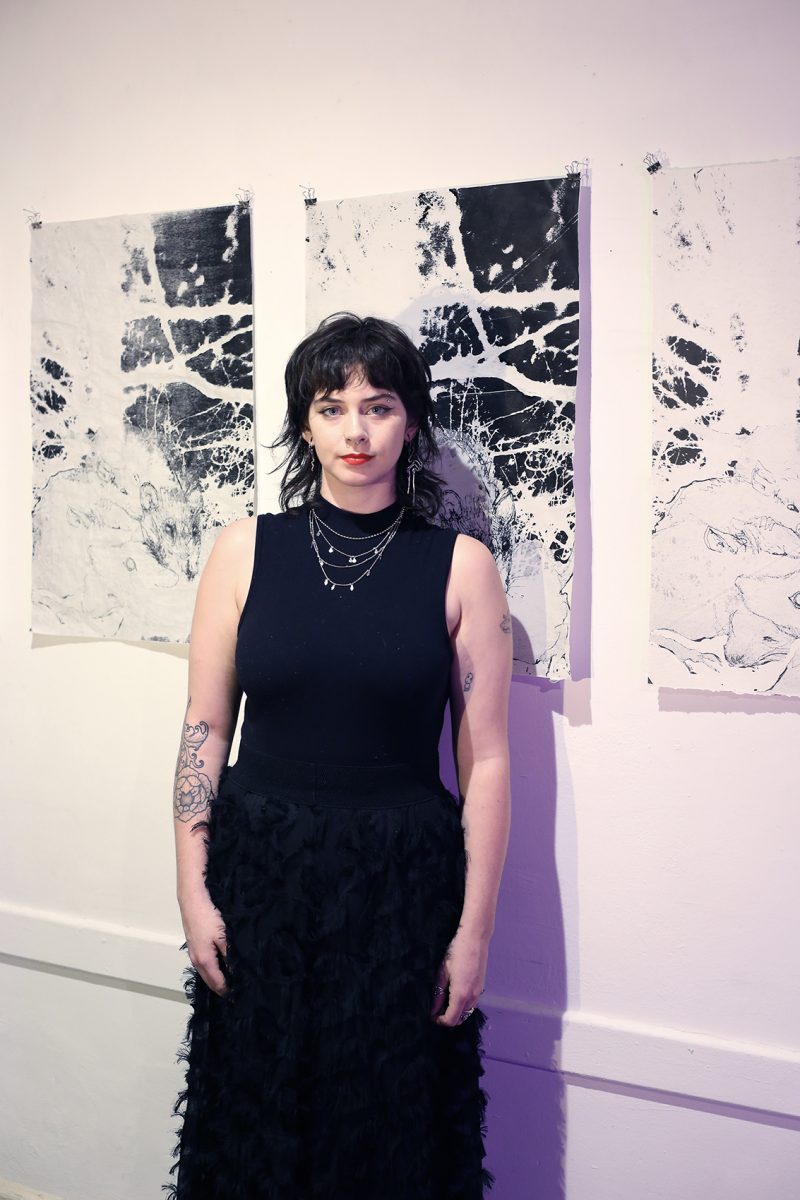
What did you study in art college?
I studied printmaking, or more specifically, printmaking in contemporary practice.
Can you tell me a little about your inspirations?
I take a lot of inspiration from music and films, as well as other artists. One big influence for my work has been the music of Burial, and visually, Tarkovsky’s films are a big influence as well. At the moment, for the work I’m doing now, I’m looking at Käthe Kollwitz and German printmaking in the turn of the century. Also, Tacita Dean is a huge inspiration for me.
I see a lot of animals and vegetal representations in your studio, would you say that the natural world is also one of your big inspirations?
Yes, the natural world and the environment are basically the subject matter of my work. I am really interested in nature, and of the liminality between the known and the unknown, that I think you can find a lot in nature. I’m looking a lot at animals now. I haven’t really looked at animals too closely before, but in Berlin I was really drawn to how many animals there are in such an urban space. That’s sort of where my project began. Now I’m looking at that more deeply because I’ve noticed there’s actually really strange things going on with animals here. For example, in the zoo there’s seagulls in cages, or when you walk through the city you can see birds of paradise in cages, juxtaposed against lots of wild animals you wouldn’t get in other cities. I’m just looking at those little things and I’m trying to visually map out what it all means at the moment. I’m still very much in the beginning stages of the concept.
Besides the presence of wild animals, would you say that the city of Berlin specifically inspires your practice?
Yes, the moodiness of the city definitely inspires me. The atmosphere is so visually interesting here, the architecture… I know a lot of people would be put off by how dark and grey it can be, but I actually quite like that because when you have those moments of beautiful light, it stands out a lot more, especially against the kind of architecture in the city. I find it quite inspiring.
It’s also super interesting how people try to “appropriate” the architecture, with the art for example. There is a huge graffiti scene in Berlin. People are putting their own colours on the grey.
Yeah, exactly! I find this here more than any other city. You see the community responding to the city physically, whereas in Dublin for example we had this beautiful graffiti of a big squirrel on the side of a building that was there for years, but the county council decided to take it down. It’s a beautiful contrast because in Dublin culture is just removed by the government and here it’s allowed to blossom more freely, which is really nice. But obviously that’s under threat at the moment as well.
What motivated you to come to GlogauAIR?
I was following GlogauAIR’s Instagram for a while and I was really interested in how there’s loads of different interdisciplinary artists working in the same kind of space, and seeing works that were so different but so strong from everybody. I thought that was really nice, and that’s why I decided to apply.
